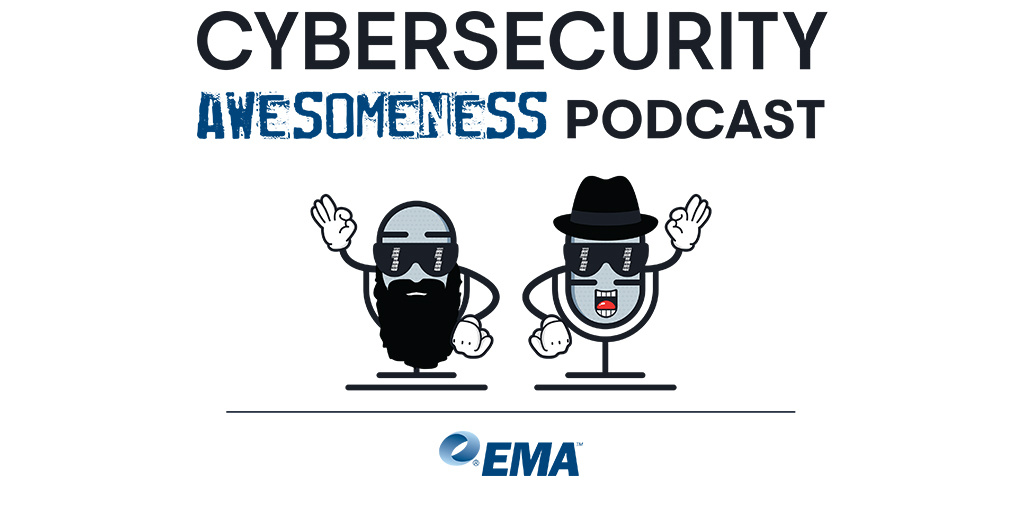In an era when government operations increasingly rely on digital infrastructure to remain effective, accountable, and secure, messaging platforms emerged as both an enabler and a risk vector. The question of how government agencies communicate—internally, externally, and across jurisdictional lines—is no longer merely a matter of workflow optimization. It is a fundamental aspect of mission assurance, public trust, and operational integrity. Yet even as messaging tools proliferate and mature, the gulf between platforms built for accountability and those designed for privacy remains pronounced. Nowhere is that divide more evident than in the ongoing tension between Microsoft Teams and Signal—two platforms that, while often deployed in parallel, represent fundamentally different answers to the same set of urgent questions about security, control, and digital sovereignty.
Microsoft Teams has become the default collaboration environment across much of the U.S. public sector. Its adoption was accelerated not just by the ubiquity of Microsoft 365 licensing agreements, but also by the way Teams fits neatly into the broader machinery of identity and access management, records retention, and compliance enforcement. For federal agencies operating in FedRAMP-mandated environments, or state and local governments grappling with CJIS and HIPAA, Teams offers a comfortingly auditable path forward. It integrates directly with Azure Active Directory, supports data loss prevention (DLP) and eDiscovery, and provides a robust framework for logging, monitoring, and retrospective oversight—features that allow agencies to communicate with confidence that their obligations to transparency and oversight are being met by design rather than bolted on as an afterthought.
Yet there is an unavoidable tradeoff that comes with this kind of control. While Teams is unquestionably secure in terms of access management and system integrity, it is not private in the way many field operatives, policy strategists, or crisis responders might require. Metadata is retained. Conversations are logged. Permissions can be escalated. What feels like transparency to one part of the organization may feel like surveillance to another—particularly in sensitive areas in which discretion is not a convenience, but a lifeline. The structure that Teams imposes—its threaded channels, shared file storage, and managed guest access—offers order and continuity, but can also introduce latency, rigidity, and a level of bureaucratic friction that may be ill-suited for high-velocity decision-making or interagency response scenarios.
Enter Signal, a platform whose reputation for uncompromising privacy has made it a staple in conversations in which trust in system integrity must be absolute. Signal was not designed for enterprise collaboration. It was designed to solve a different problem entirely: how to communicate securely in environments where the system itself cannot be trusted. For government users operating in high-risk, politically sensitive, or intelligence-adjacent contexts, Signal offers something that Teams cannot: a platform that collects no telemetry, logs no metadata, and encrypts all content end-to-end without providing any mechanism for third-party access. Signal's architecture is minimalist by design, offering no administrative backend, no compliance archive, and no access to user conversations—even for the administrators of the network itself. It is not a tool of record. It is a tool of discretion.
Of course, this purity of purpose comes at a cost. Signal’s refusal to compromise on privacy makes it fundamentally incompatible with many of the oversight, auditing, and retention requirements that define the government IT landscape. There is no way to enforce policy within Signal, no way to recover lost credentials, no mechanism to produce a record of communication for discovery or internal review. For agencies bound by sunshine laws, FOIA requests, or litigation risk, Signal is, at best, a situational tool—useful in tightly scoped contexts, but inappropriate as a system of record. Its strength—absolute discretion—is also its greatest liability from a governance perspective.
In light of heightened concern regarding foreign adversaries gaining access to our own government computer networks, for some agencies, the choice between Teams and Signal is not a matter of one versus the other, but of understanding where each fits into the broader communications ecosystem. The tendency to search for a single unified platform that does everything well—secure chat, public records compliance, real-time coordination, privacy—is proving to be both unrealistic and counterproductive. Instead, leading IT practitioners are beginning to articulate a model in which different messaging platforms serve different operational layers: Teams for structured collaboration and long-term accountability, Signal for ephemeral, high-trust, time-sensitive exchanges in which exposure is unacceptable.
This dual-track strategy requires discipline. It demands clear internal policies, robust user education, and a mature understanding of risk segmentation. Employees and leadership alike must know when to use each platform, what expectations apply to each, and how to avoid accidental policy violations—particularly when switching between them. The benefit of this approach is that it aligns communications tools not with convenience, but with mission intent. It recognizes that not all conversations carry the same weight, the same audience, or the same exposure risk, and that the tools used to carry those conversations must be equally nuanced.
Moreover, this conversation cannot be limited to security teams or compliance officers alone. It must involve operational leaders, risk managers, legal advisors, and yes, frontline personnel who understand the practical realities of modern government work. The real challenge is not in choosing between Signal and Teams, but in understanding the environments in which each thrives, then designing a secure, resilient, and legally defensible architecture around that understanding.
The question of Signal versus Microsoft Teams is not about superiority. It is about fit. It is about knowing when a conversation needs to be captured and stored and when it needs to disappear. It is about deciding which risks you are willing to accept and which you are not. It is about recognizing that in the business of government—in which every decision, every message, and every signal carries weight—how you communicate is often just as important as what you say.



